6 Care Tips for Rhinoplasty Aftercare
Rhinoplasty, aka a nose job, is a delicate procedure. Therefore, it’s necessary to take the aftercare seriously too. By being careful and taking a few necessary steps, the healing process is less likely to require an extended recovery time....
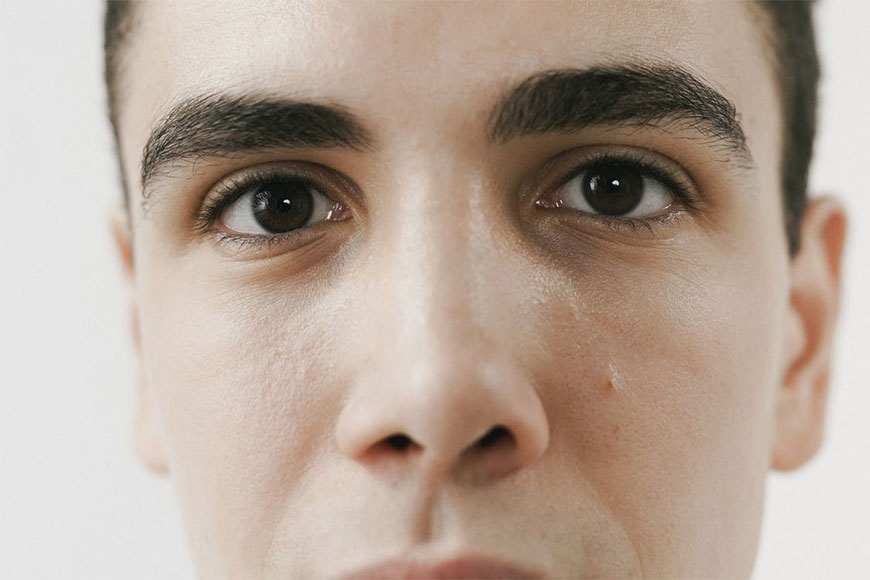
Rhinoplasty, aka a nose job, is a delicate procedure. Therefore, it’s necessary to take the aftercare seriously too. By being careful and taking a few necessary steps, the healing process is less likely to require an extended recovery time. Here are six care tips for rhinoplasty aftercare.

When cleaning your face, plan for it to require more time. Extra care must be taken to avoid putting unintended pressure on your nose during the healing process. Washing more slowly helps with this. Even when there is a partial nasal blockage, do not use your fingers to try to clear it. The nasal interior is very sensitive, especially after an operation, and damage could result. Cleaning the nose is a multi-step process to avoid damaging the tissues. Follow these carefully laid out nose cleaning tips after rhinoplasty to prevent a self-induced medical setback.
Medicate the PainDepending on the surgeon, one or more pain medications will be administered or prescribed. Perhaps the most common is codeine; however, other medication will be provided if you’re allergic to it. Over-the-counter pain meds, such as Tylenol, are also useful too. Typically, the pain is increased a day or two post-surgery rather than immediately after it. However, this usually steadily decreases through the first week.
Elevate the Head for SleepingSleeping poses a particular risk for rhinoplasty surgeries. Rolling over must be prevented to avoid knocks to the nose. Sleeping on your back, even if this isn’t your usual sleeping posture, is best. Get a foam wedge or several pillows that encourage you to remain in the same position. An elevated head position is beneficial for the healing process too. If you doubt your ability to not roll over during sleep, using an armchair with a reclining feature is another option.
Manage the SwellingIt’s natural to experience swelling during the recovery process. This can continue well into the second-month post-surgery. Use either an ice pack inside a soft towel or a cold compress to reduce the swelling. It’s helpful to do this at least five times a day, as needed. Do not apply pressure on the nose when using something to reduce inflammation though.
Maintain a Balanced DietThe recovery process requires protein, nutrients, and vitamins. These will help in the rebuilding process following the surgical procedure. Try to include some form of protein, eggs, fish, and nuts in your diet. If you’re either vegetarian or vegan, then choose the right alternatives for you. It’s also beneficial to ensure there are plenty of fresh greens in your recovery diet — broccoli, kale, or spinach are great for added vitamins.
Avoid ExerciseIt’s surprising how much everyday movement affects the nose and nasal cavities. Even stretching, bending to reach something from a lower shelf, or carrying shopping in from the car aggravates the nasal passages. All forms of exercise should be avoided for at least six weeks. Your doctor can provide advice on this timeline. Any jarring movement through exercise can cause inflammation during the healing process.
By following the above tips for self-care after getting a rhinoplasty, it encourages a smoother recovery period.

 Hollif
Hollif 







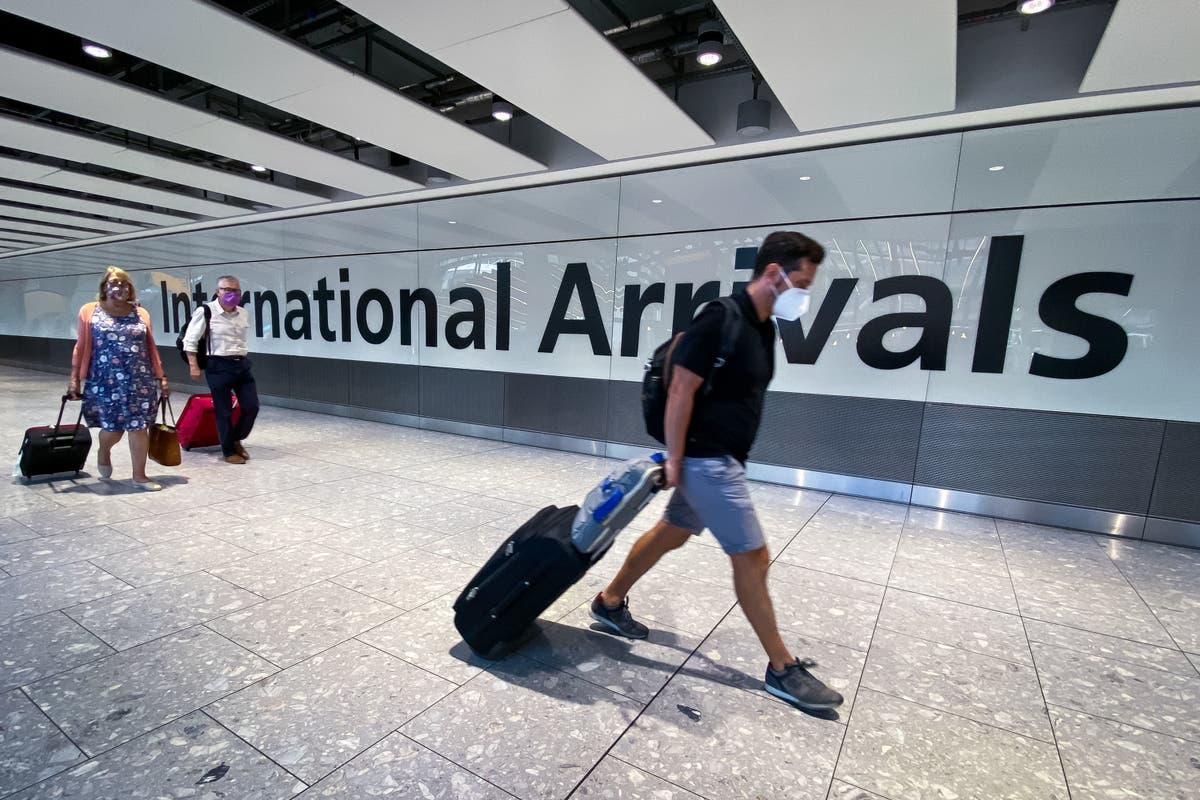
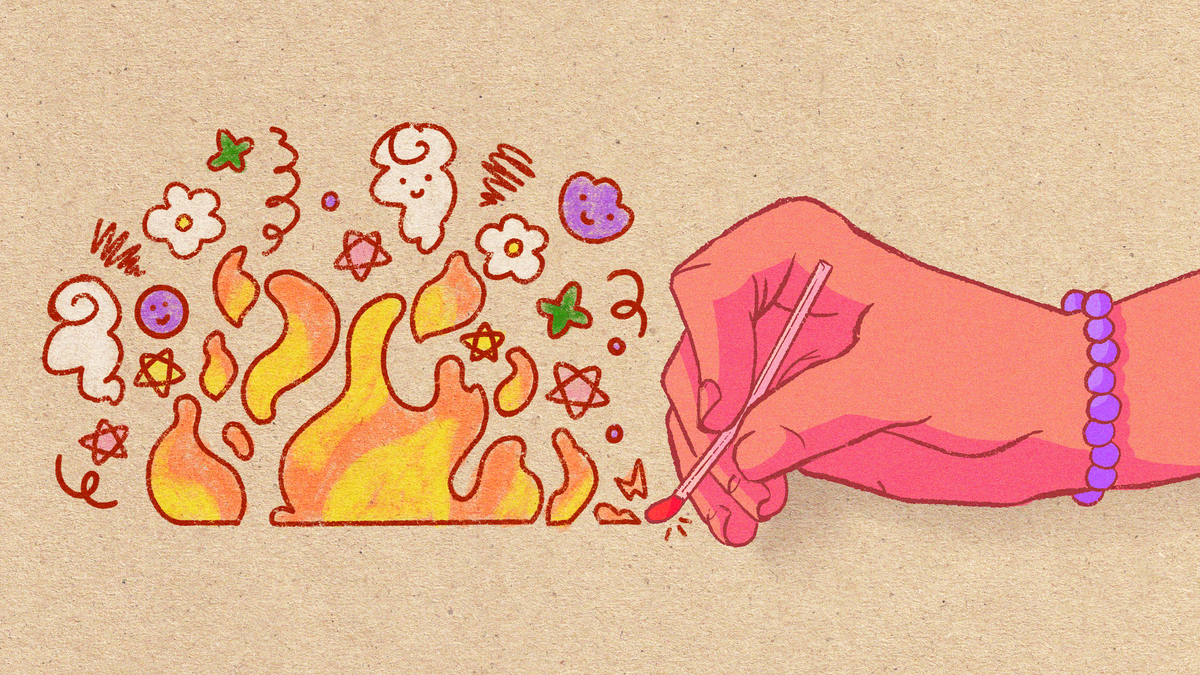


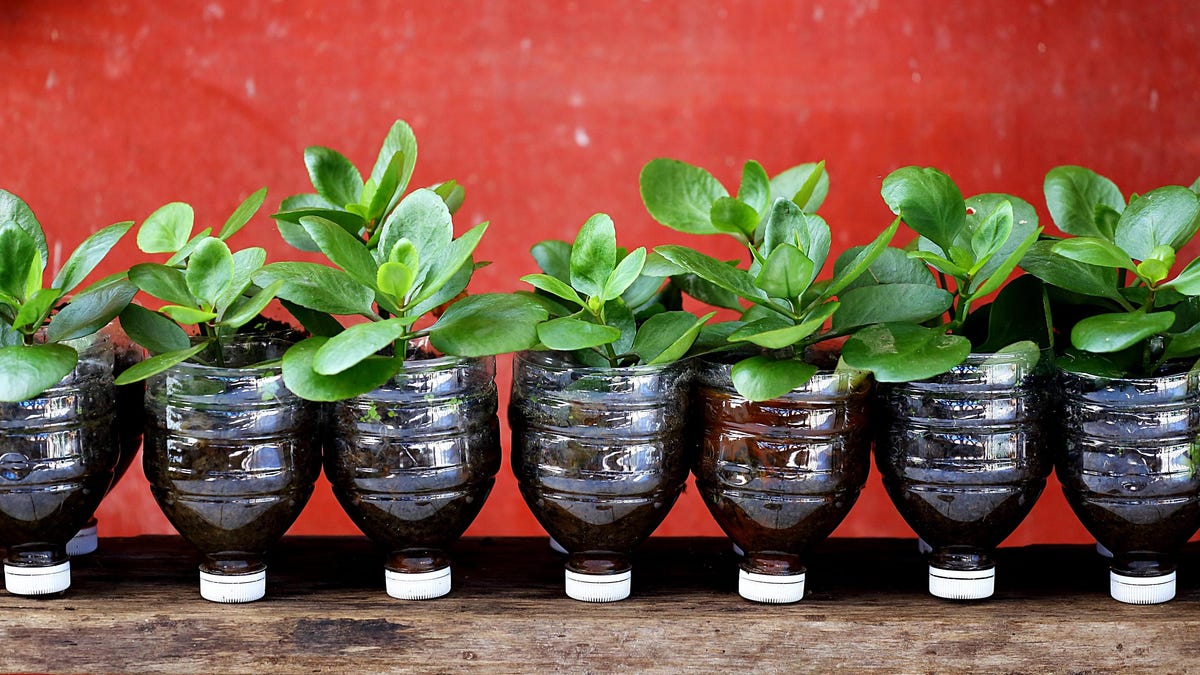
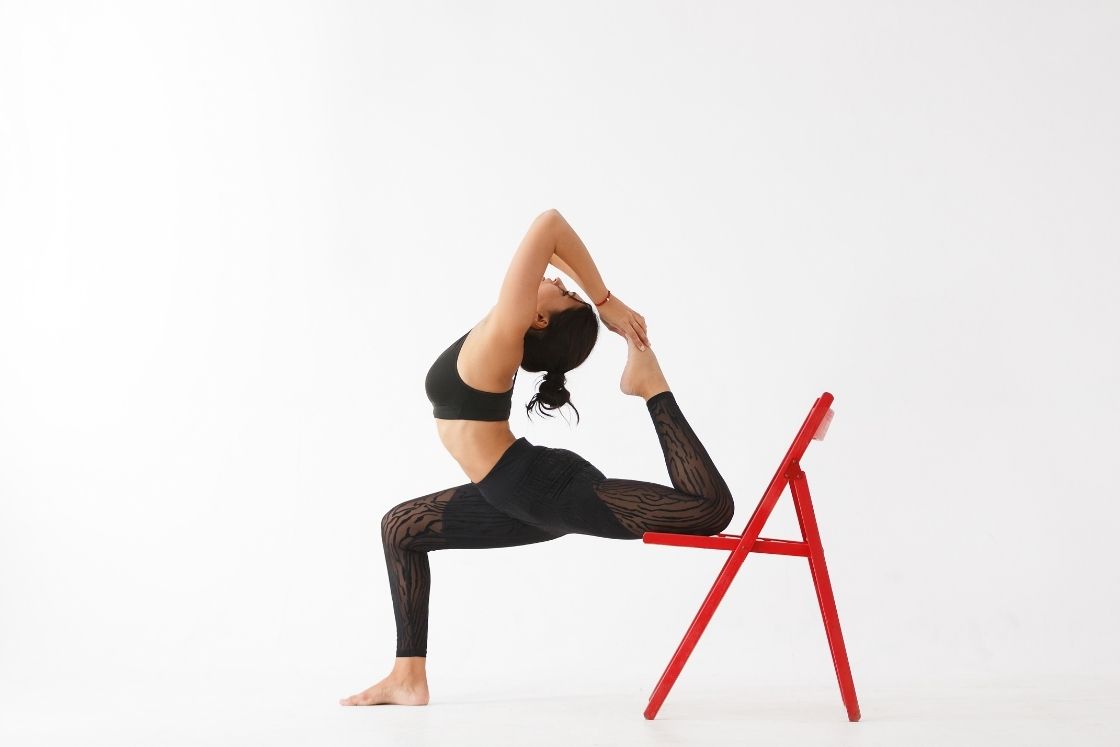











.jpg&h=630&w=1200&q=100&v=f776164e2b&c=1)







